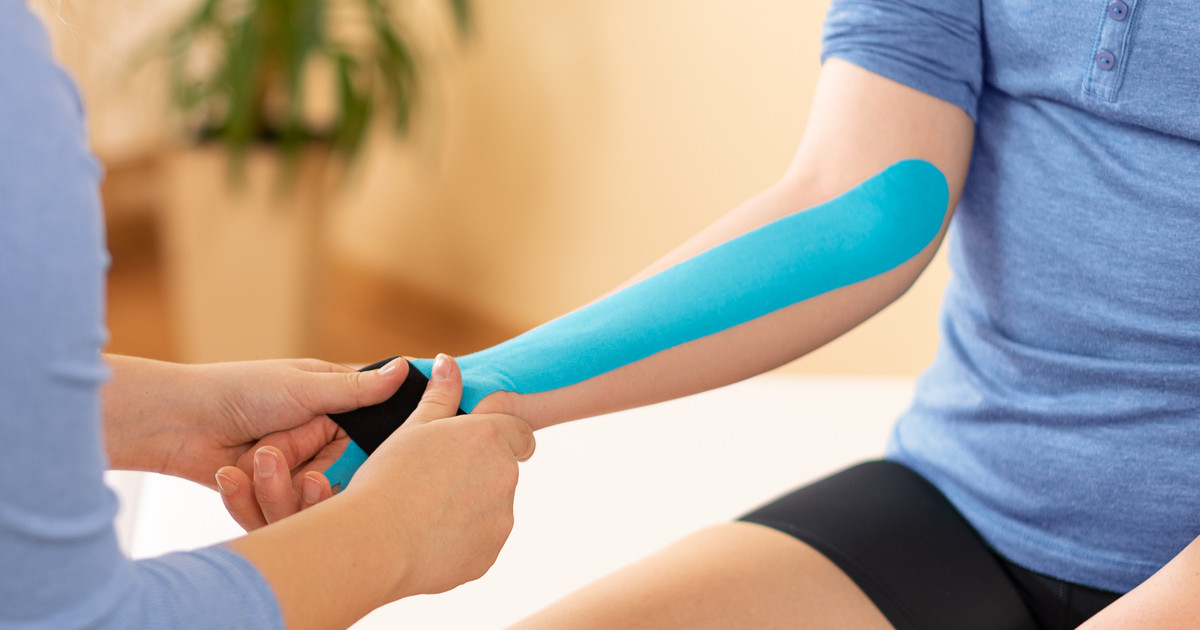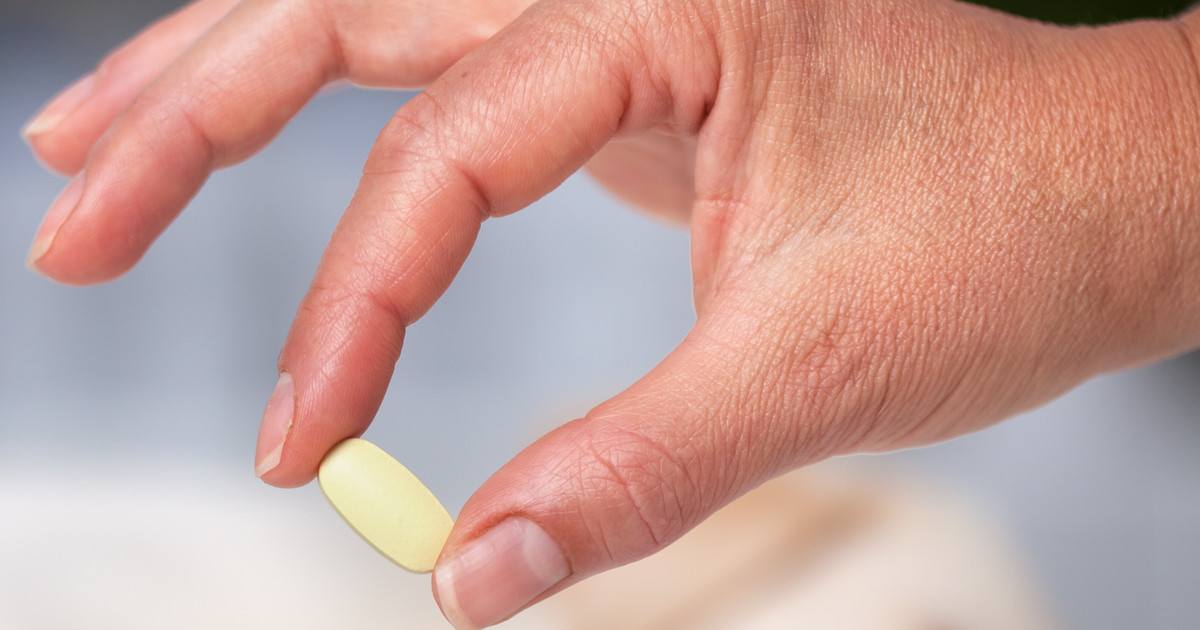Guide To Treating And Managing Hemophilia
Other Medication
Some individuals with hemophilia may benefit from taking anti-fibrinolytic drugs. These drugs help prevent clots from breaking down, thus lessening the risk of bleeding. The most common of these medications is tranexamic acid. It is most often considered when a patient is at a very high risk of hemorrhaging. These are often given alongside clotting medications.
The dose and how often patients take these drugs depends on their condition severity. These drugs can be taken before surgery to prevent bleeding or on a short-term basis for other instances of bleeding. For the most part, patients will take tranexamic acid as an oral medication, though children with hemophilia may be given a liquid version instead.
Discover the impact of physical therapy on hemophilia next.
Physical Therapy
Hemophilia patients will often bleed internally. Unfortunately, this puts them at an increased risk for joint damage. When doctors find that this is the case, they will often recommend for patients to go for regular physical therapy sessions. This helps maintain the function of the joints and keeps the risk of additional damage low. The precise frequency varies from patient to patient and is measured on what work needs to be done to account for the damage.
In most cases, patients will have rest periods in between rounds of physical therapy. They will also be given specific exercises to perform at home in between each session. If the damage is severe enough, patients may need surgery to correct the issue. Physical therapy is often prescribed after this as well.
Find out if lifestyle helps patients manage this condition next.

